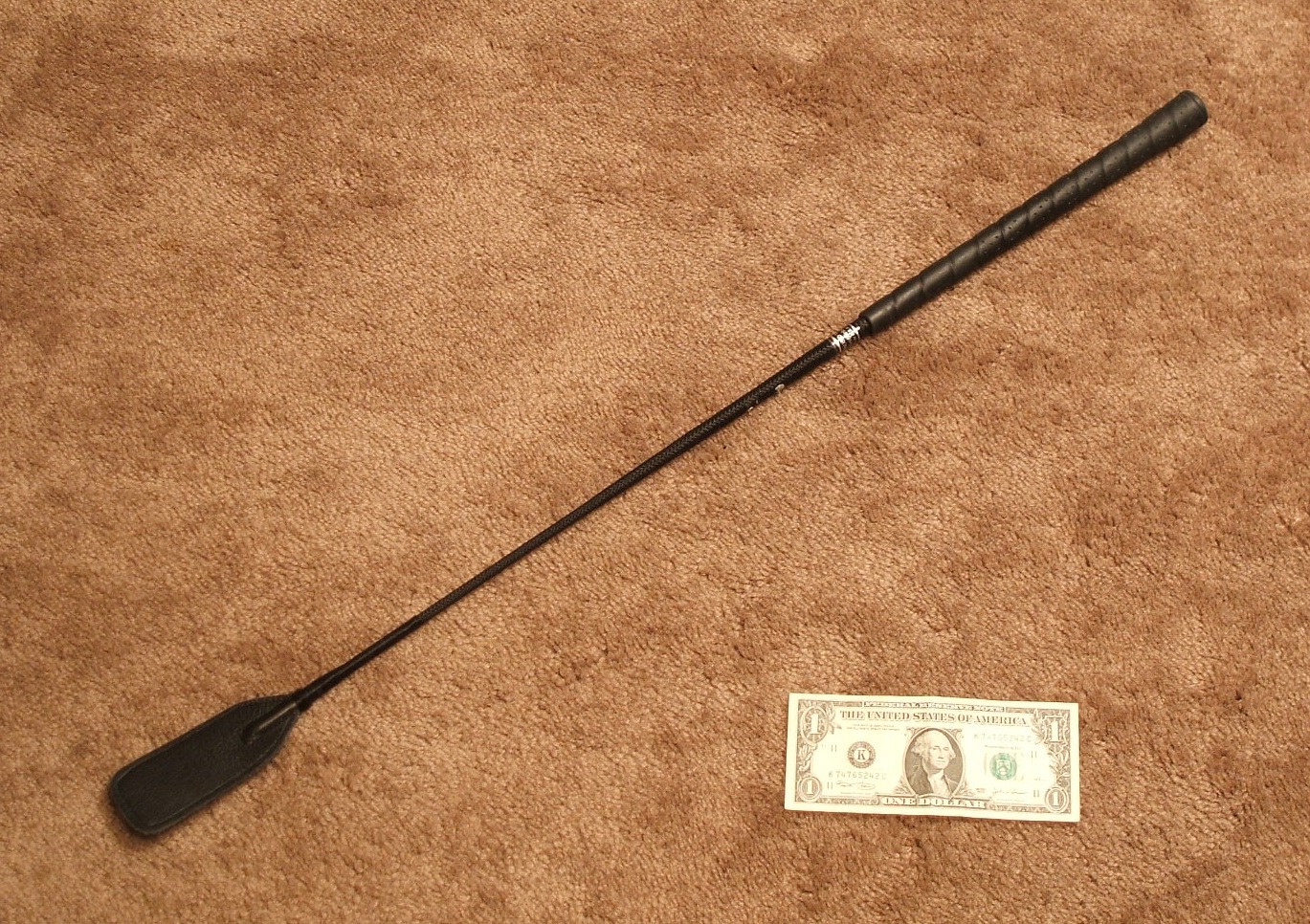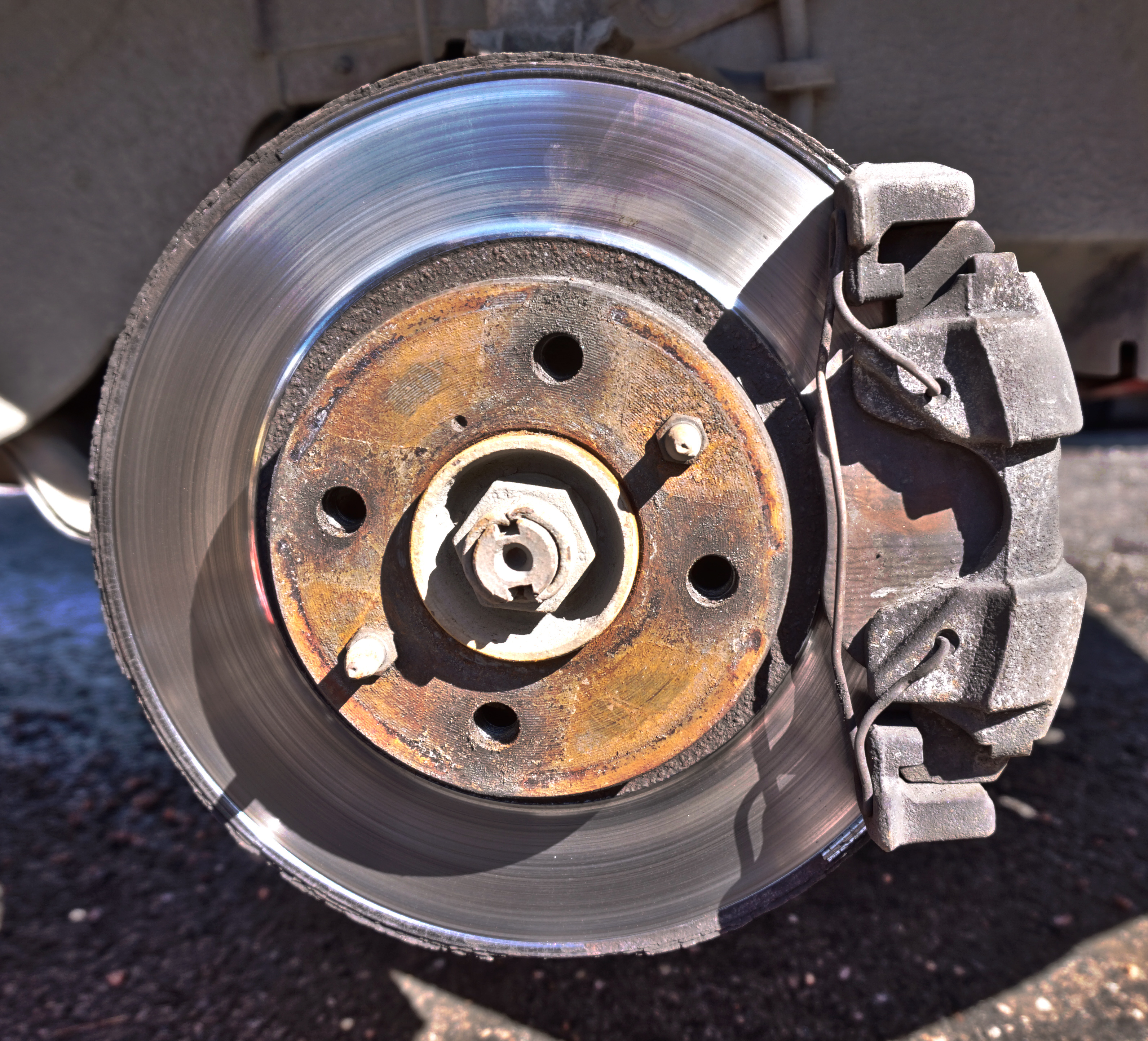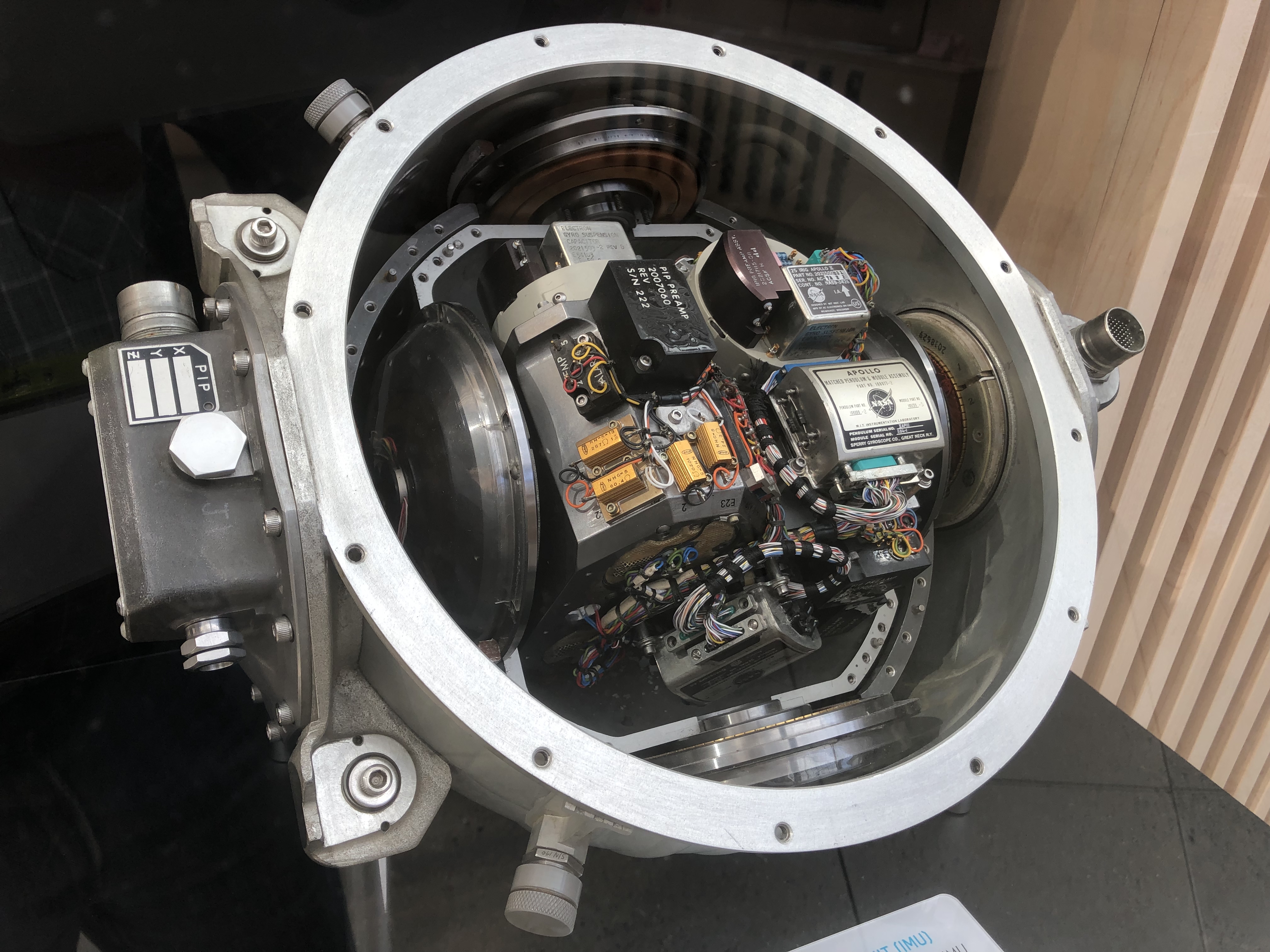|
Roll Stability Control
An active rollover protection (ARP), is a system that recognizes impending rollover and selectively applies brakes to resist.http://www-nrd.nhtsa.dot.gov/pdf/esv/esv19/05-0471-O.pdf Bosch Rollover Mitigation Functions ARP builds on electronic stability control and its three chassis control systems already on the vehicle – anti-lock braking system, traction control and yaw control. ARP adds another function: detection of an impending rollover. Excessive lateral force, generated by excessive speed in a turn, may result in a rollover. ARP automatically responds whenever it detects a potential rollover. ARP rapidly applies the brakes with a high burst of pressure to the appropriate wheels and sometimes decreases the engine torque to interrupt the rollover before it occurs. Rollovers can also occur when the vehicle is knocked into a stationary object such as a curb. In these so-called "trip events",Hrovat, Davorin D., Hongtei E. Tseng, and Michael G. Fodor. "Roll over stability con ... [...More Info...] [...Related Items...] OR: [Wikipedia] [Google] [Baidu] |
Vehicle Rollover
A rollover is a type of vehicle collision, vehicle crash in which a vehicle tips over onto its side or roof. Rollovers have a higher fatality rate than other types of vehicle collisions. Dynamics Vehicle rollovers are divided into two categories: tripped and untripped. Tripped rollovers are caused by forces from an external object, such as a curb or a collision with another vehicle. Untripped rollovers are the result of steering input, speed, and friction with the ground. Trailers that are not roll-coupled (i.e. those that use a trailer coupling rather than a fifth wheel) are more prone to rolling as they do not have the tractor unit or prime mover for additional stability. Untripped rollovers Untripped rollovers occur when cornering forces destabilize the vehicle. As a vehicle rounds a corner, three forces act on it: tire forces (the centripetal force), inertial effects (the centrifugal force), and gravity. The cornering forces from the tire push the vehicle towards the center ... [...More Info...] [...Related Items...] OR: [Wikipedia] [Google] [Baidu] |
Euler Angles
The Euler angles are three angles introduced by Leonhard Euler to describe the Orientation (geometry), orientation of a rigid body with respect to a fixed coordinate system.Novi Commentarii academiae scientiarum Petropolitanae 20, 1776, pp. 189–207 (E478PDF/ref> They can also represent the orientation of a mobile frame of reference in physics or the orientation of a general Basis (linear algebra), basis in 3-dimensional linear algebra. Alternative forms were later introduced by Peter Guthrie Tait and George H. Bryan intended for use in aeronautics and engineering. Chained rotations equivalence Euler angles can be defined by elemental geometry or by composition of rotations. The geometrical definition demonstrates that three composed ''elemental rotations'' (rotations about the axes of a coordinate system) are always sufficient to reach any target frame. The three elemental rotations may be #Conventions by extrinsic rotations, extrinsic (rotations about the axes ''xyz'' of t ... [...More Info...] [...Related Items...] OR: [Wikipedia] [Google] [Baidu] |
WHIPS
A whip is a tool or weapon designed to strike humans or other animals to exert control through pain compliance or fear of pain. They can also be used without inflicting pain, for audiovisual cues, such as in equestrianism. They are generally either a firm stick designed for direct contact, or a flexible line requiring a specialized swing. The former is easier and more precise, the latter offers longer reach and greater force. A hunting whip combines a firm stick (the stock or handle) with a flexible line (the lash or thong). Whips such as the "cat o' nine tails" and knout are specifically developed for flagellation as a means of inflicting corporal punishment or torture on human targets. Certain religious practices and BDSM activities involve the self-use of whips or the use of whips between consenting partners. Misuse on non-humans may be considered animal cruelty, and misuse on humans may be viewed as assault. Use Whips are generally used on animals to provide directional g ... [...More Info...] [...Related Items...] OR: [Wikipedia] [Google] [Baidu] |
Side Impact Protection System
Side Impact Protection System (SIPS) is a passive safety system in an automobile to protect against injury in a side collision, developed by Volvo Cars. History SIPS was first introduced in 1991 for the Volvo 700, 900 and 850 series cars of model year 1992. It has been standard on every new Volvo since. SIPS consists of a reinforced lower sill panel, "B pillar" and reinforcements with energy absorbing honeycomb materials inside the doors. The idea is to more widely distribute the energy in a side collision across the whole side of the car rather than having the b-pillar absorb it all. Driver and passenger seat are mounted on transverse steel rails, not bolted to the floor as per the standard configuration. In a side impact these transverse rails allow the seats to crush a reinforced center console designed to absorb additional energy. In 1994, for the 1995 model year, the SIPS-Bag was introduced. Initially an option on 850 models, it became standard equipment of all new Volvo a ... [...More Info...] [...Related Items...] OR: [Wikipedia] [Google] [Baidu] |
Roll Over Protection Structure
A rollover protection structure or rollover protection system (ROPS) ( or ) is a system or structure intended to protect equipment operators and motorists from injuries caused by vehicle overturns or rollovers. Like rollcages and rollbars in cars and trucks, cabs, frames or rollbars on agricultural and construction equipments, a ROPS involves mechanical components attached to the frame of the vehicle that maintain a clearance zone large enough to protect the operator's body in the event of rollover. Commonly found on heavy equipment (i.e. tractors), earth-moving machinery and UTVs used in construction, agriculture and mining, ROPS structures are defined by various regulatory agencies, including US Occupational Safety and Health Administration (OSHA)''See'' OSHA Roll-Over Protective Structures, Direct Final Rule.' and international standard organizations such as ISO and OECD. The regulations include both a strength requirement as well as an energy absorption requirement of t ... [...More Info...] [...Related Items...] OR: [Wikipedia] [Google] [Baidu] |
Roll Cage
A roll cage is a specially engineered and constructed frame built in (or sometimes around, in which case it is known as an exo cage) the passenger compartment of a vehicle to protect its occupants from being injured or killed in an accident, particularly in the event of a rollover. Designs There are many different roll cage designs depending on the application, hence different racing organizations have differing specifications and regulations, although most of these organizations harmonize their regulations with those of the FIA. Roll cages help to stiffen the chassis, which is desirable in racing applications. Racing cages are typically either bolt-in or welded-in, with the former being easier and cheaper to fit while the latter is stronger. A roll bar is a single bar behind the driver that provides moderate rollover protection. Due to the lack of a protective top, some modern convertibles utilize a strong windscreen frame acting as a roll bar. Also, a roll hoop may be p ... [...More Info...] [...Related Items...] OR: [Wikipedia] [Google] [Baidu] |
Gyroscope
A gyroscope (from Ancient Greek γῦρος ''gŷros'', "round" and σκοπέω ''skopéō'', "to look") is a device used for measuring or maintaining orientation and angular velocity. It is a spinning wheel or disc in which the axis of rotation (spin axis) is free to assume any orientation by itself. When rotating, the orientation of this axis is unaffected by tilting or rotation of the mounting, according to the conservation of angular momentum. Gyroscopes based on other operating principles also exist, such as the microchip-packaged MEMS gyroscopes found in electronic devices (sometimes called gyrometers), solid-state ring lasers, fibre optic gyroscopes, and the extremely sensitive quantum gyroscope. Applications of gyroscopes include inertial navigation systems, such as in the Hubble Space Telescope, or inside the steel hull of a submerged submarine. Due to their precision, gyroscopes are also used in gyrotheodolites to maintain direction in tunnel mining. Gyroscopes ca ... [...More Info...] [...Related Items...] OR: [Wikipedia] [Google] [Baidu] |
Crosswind Stabilization
Crosswind stabilization (CWS) is a relatively new advanced driver-assistance system in cars and trucks that was first featured in a 2009 Mercedes-Benz S-Class. CWS assists drivers in controlling a vehicle during strong wind conditions such as driving over a bridge or when overtaking a semi-truck. CWS uses yaw rate, lateral acceleration, steering angle, and velocity sensors to determine how much assistance to give the driver in a certain scenario whether it be at different speeds or while turning. Using different components throughout the vehicle like brakes, differentials, and suspension, CWS can implement the readings from force sensors to properly assist the driver in a given situation. Origination Crosswind stabilization was first used by Mercedes-Benz in 2009 in their S class and then later implemented in their Sprinter and Metris vans. Before this technology existed, vans and trucks of similar size had a higher risk of crashing in strong wind conditions as the surface ... [...More Info...] [...Related Items...] OR: [Wikipedia] [Google] [Baidu] |
Anti-roll Bar
An anti-roll bar (roll bar, anti-sway bar, sway bar, stabilizer bar) is a part of many automobile suspensions that helps reduce the body roll of a vehicle during fast cornering or over road irregularities. It connects opposite (left/right) wheels together through short lever arms linked by a torsion spring. A sway bar increases the suspension's roll stiffness—its resistance to roll in turns—independent of its spring rate in the vertical direction. The first stabilizer bar patent was awarded to Canadian inventor Stephen Coleman of Fredericton, New Brunswick on April 22, 1919. Anti-roll bars were unusual on pre-WW2 cars due to the generally much stiffer suspension and acceptance of body roll. From the 1950s on, however, production cars were more commonly fitted with anti-roll bars, especially those vehicles with softer coil spring suspension. Purpose and operation An anti-sway or anti-roll bar is intended to force each side of the vehicle to lower, or rise, to similar heig ... [...More Info...] [...Related Items...] OR: [Wikipedia] [Google] [Baidu] |
Torque
In physics and mechanics, torque is the rotational equivalent of linear force. It is also referred to as the moment of force (also abbreviated to moment). It represents the capability of a force to produce change in the rotational motion of the body. The concept originated with the studies by Archimedes of the usage of levers, which is reflected in his famous quote: "''Give me a lever and a place to stand and I will move the Earth''". Just as a linear force is a push or a pull, a torque can be thought of as a twist to an object around a specific axis. Torque is defined as the product of the magnitude of the perpendicular component of the force and the distance of the line of action of a force from the point around which it is being determined. The law of conservation of energy can also be used to understand torque. The symbol for torque is typically \boldsymbol\tau, the lowercase Greek letter ''tau''. When being referred to as moment of force, it is commonly denoted by . In ... [...More Info...] [...Related Items...] OR: [Wikipedia] [Google] [Baidu] |
Inertial Measurement Unit
An inertial measurement unit (IMU) is an electronic device that measures and reports a body's specific force, angular rate, and sometimes the orientation of the body, using a combination of accelerometers, gyroscopes, and sometimes magnetometers. When the magnetometer is included, IMUs are referred to as IMMUs. IMUs are typically used to maneuver modern vehicles including motorcycles, missiles, aircraft (an attitude and heading reference system), including unmanned aerial vehicles (UAVs), among many others, and spacecraft, including satellites and landers. Recent developments allow for the production of IMU-enabled GPS devices. An IMU allows a GPS receiver to work when GPS-signals are unavailable, such as in tunnels, inside buildings, or when electronic interference is present. Operational principles An inertial measurement unit works by detecting linear acceleration using one or more accelerometers and rotational rate using one or more gyroscopes. Some also include a magnetom ... [...More Info...] [...Related Items...] OR: [Wikipedia] [Google] [Baidu] |
Brake
A brake is a mechanical device that inhibits motion by absorbing energy from a moving system. It is used for slowing or stopping a moving vehicle, wheel, axle, or to prevent its motion, most often accomplished by means of friction. Background Most brakes commonly use friction between two surfaces pressed together to convert the kinetic energy of the moving object into heat, though other methods of energy conversion may be employed. For example, regenerative braking converts much of the energy to electrical energy, which may be stored for later use. Other methods convert kinetic energy into potential energy in such stored forms as pressurized air or pressurized oil. Eddy current brakes use magnetic fields to convert kinetic energy into electric current in the brake disc, fin, or rail, which is converted into heat. Still other braking methods even transform kinetic energy into different forms, for example by transferring the energy to a rotating flywheel. Brakes are generally ... [...More Info...] [...Related Items...] OR: [Wikipedia] [Google] [Baidu] |







